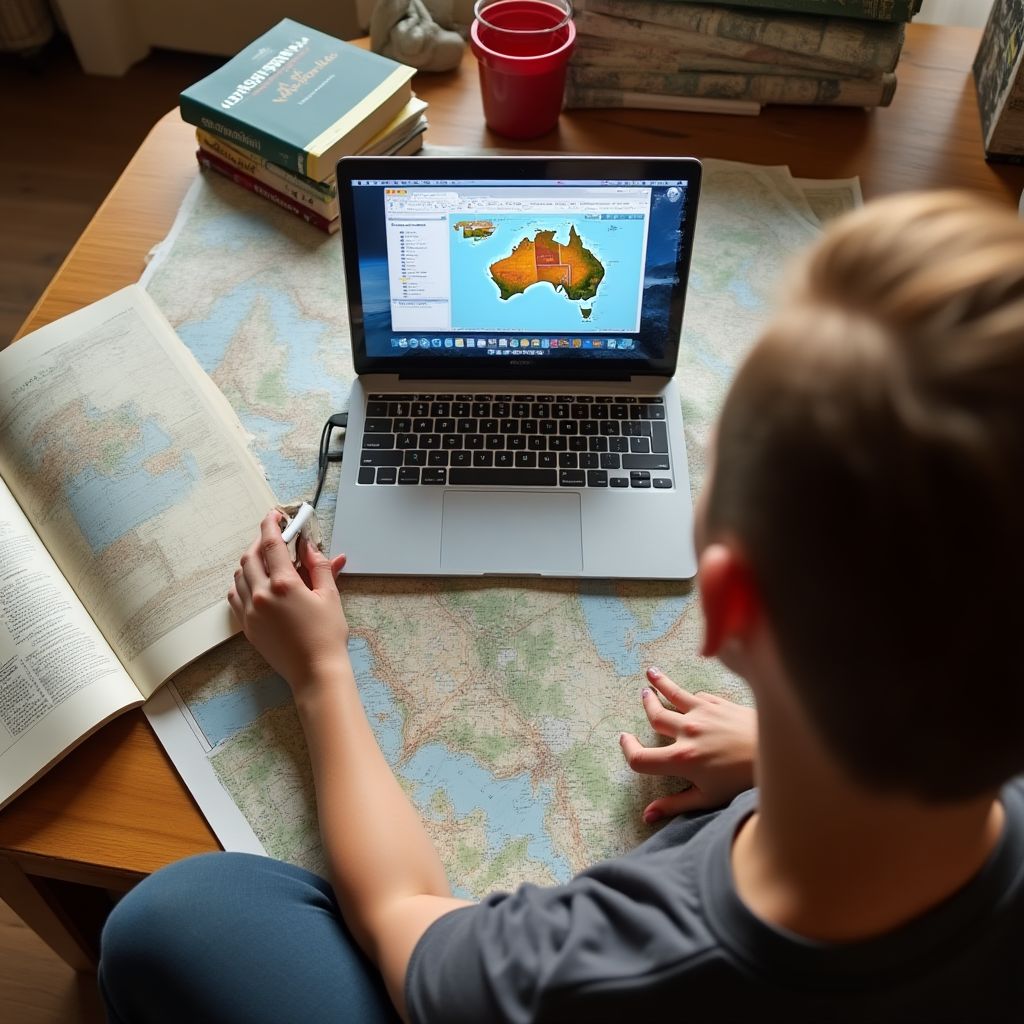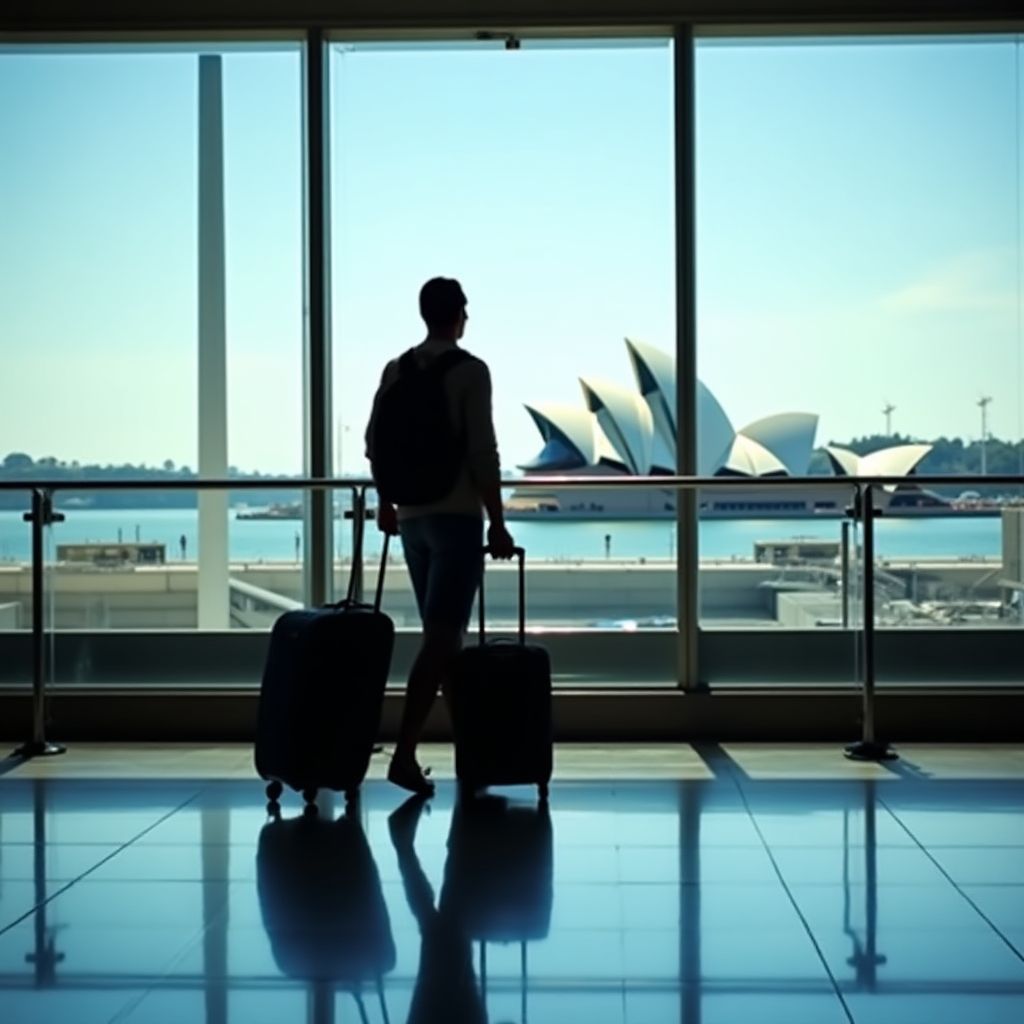Essential Packing Lists
Prepare for every Australian adventure with our comprehensive packing guides
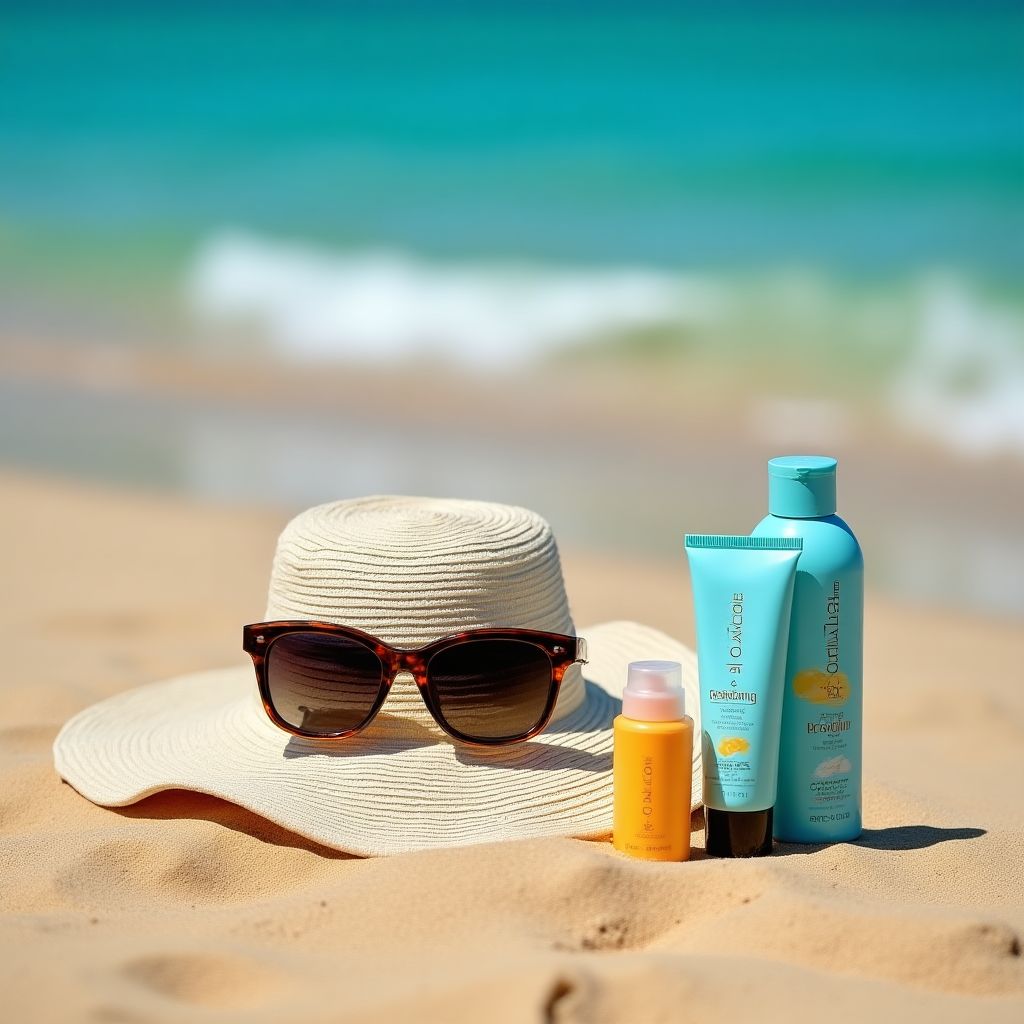
Coastal Essentials
Australia's stunning coastline demands proper preparation. Pack high-SPF sunscreen (SPF 50+), UV-protective sunglasses, and at least two swimsuits to rotate. Include a wide-brimmed hat, reef-safe sunscreen if visiting the Great Barrier Reef, and quick-dry microfiber towels. Don't forget water shoes for rocky beaches and a waterproof phone case to capture underwater memories without worry.
Learn More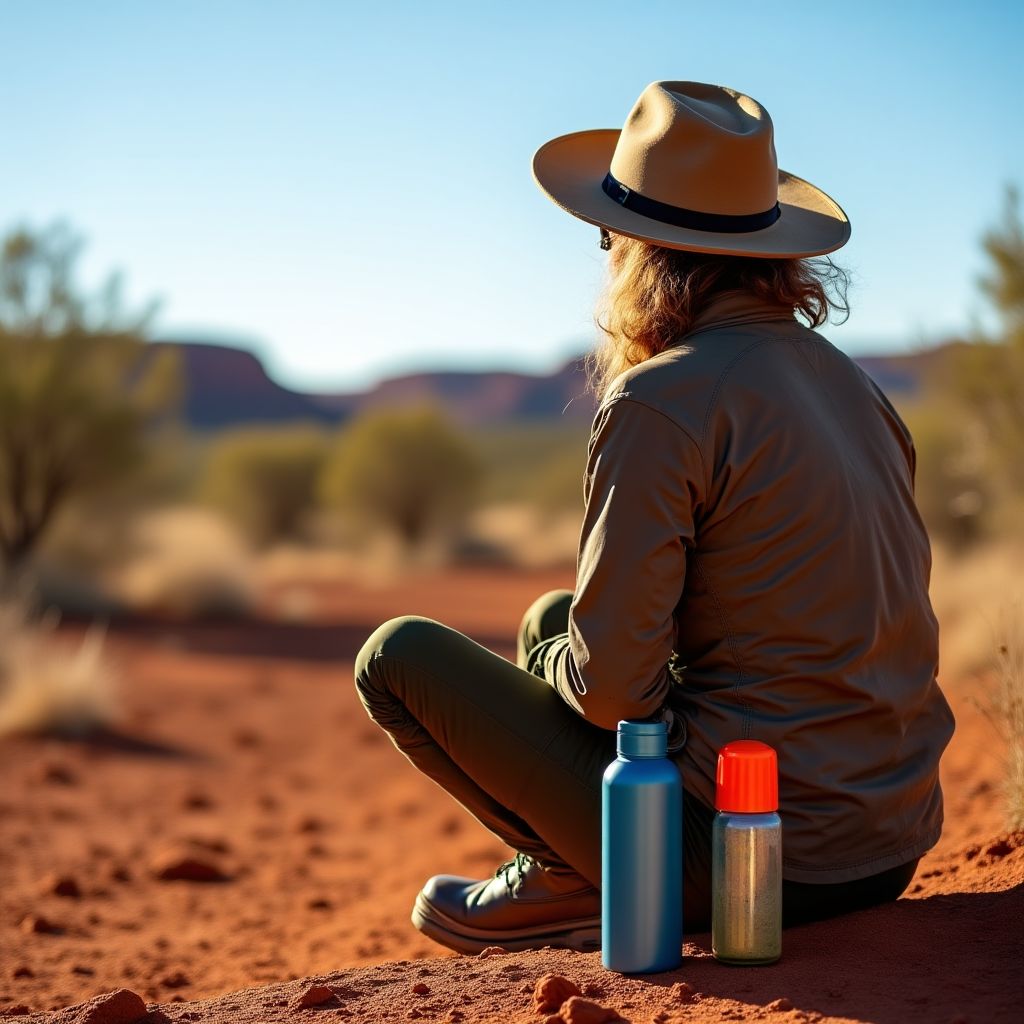
Outback Survival
The Australian Outback requires thoughtful packing to ensure safety and comfort. Bring a wide-brimmed hat with neck protection, moisture-wicking and breathable clothing in neutral colors, and sturdy hiking boots with ankle support. Essential safety items include a high-capacity water bottle or hydration pack (minimum 2L), powerful insect repellent with DEET, and a basic first aid kit with snake bite bandages. Consider packing a satellite phone or emergency beacon if venturing into remote areas.
Learn More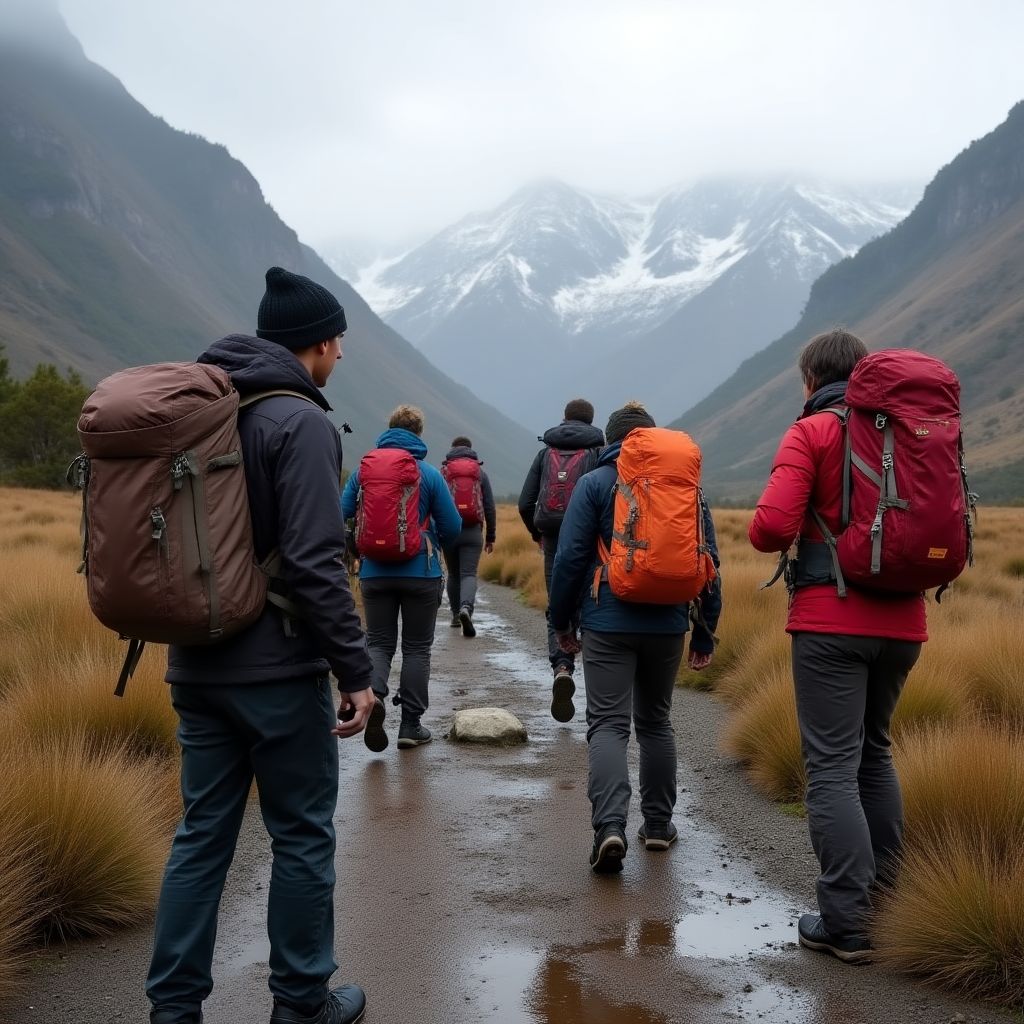
Urban Exploration
For Australia's vibrant cities like Sydney, Melbourne, and Brisbane, pack smart-casual clothing that transitions well from day to evening activities. Comfortable walking shoes are essential as Australian cities are best explored on foot. Bring a lightweight, packable rain jacket as weather can change quickly, especially in Melbourne. Include a secure anti-theft day bag for valuables, a reusable water bottle to stay hydrated, and an international power adapter compatible with Australian outlets. Consider downloading city transit apps before arrival.
Learn More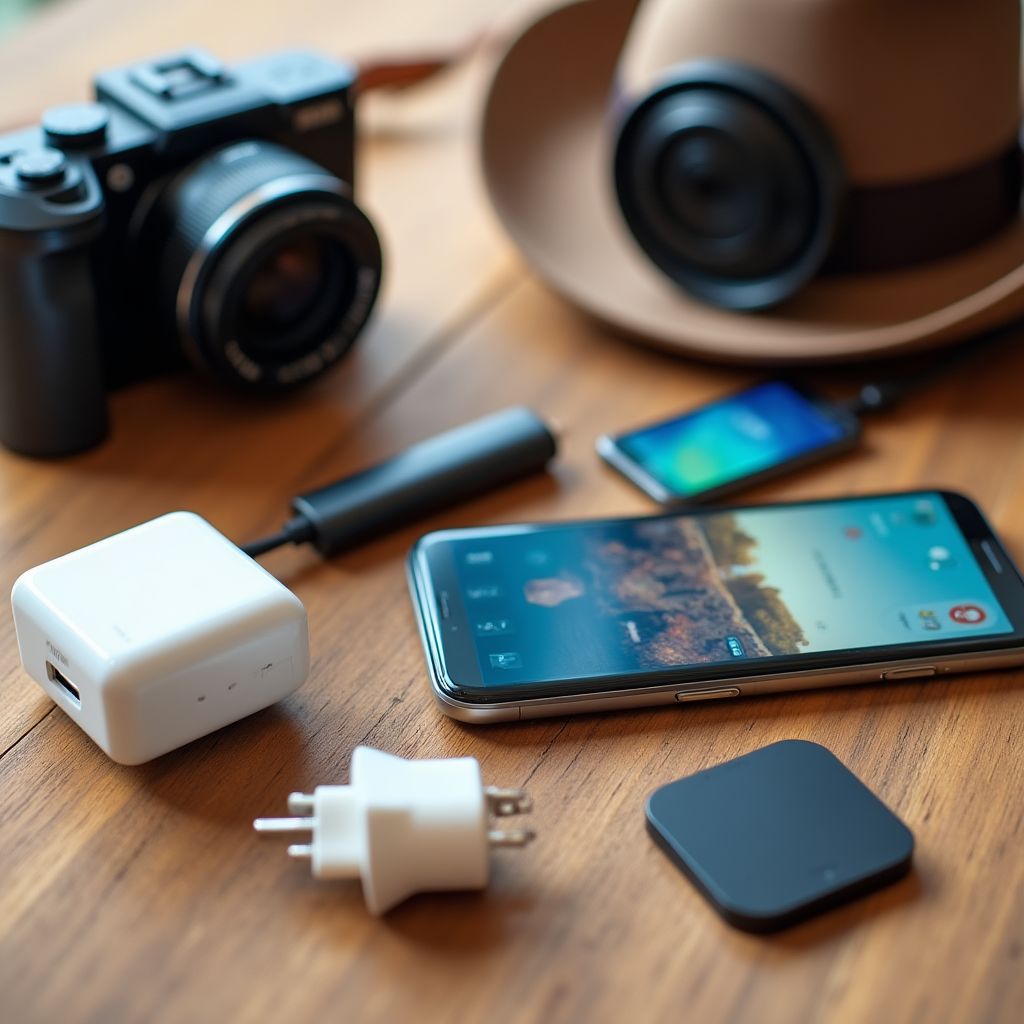
Tech Essentials
Australia's vast landscapes deserve proper documentation. Pack a quality camera with extra batteries and memory cards to capture the stunning vistas. An Australian power adapter (Type I) is essential, as is a portable power bank for long days exploring. Consider a waterproof action camera for Great Barrier Reef snorkeling or surfing adventures. Download offline maps and translation apps before departure, and invest in a portable Wi-Fi device if venturing to remote areas with limited connectivity.
Learn More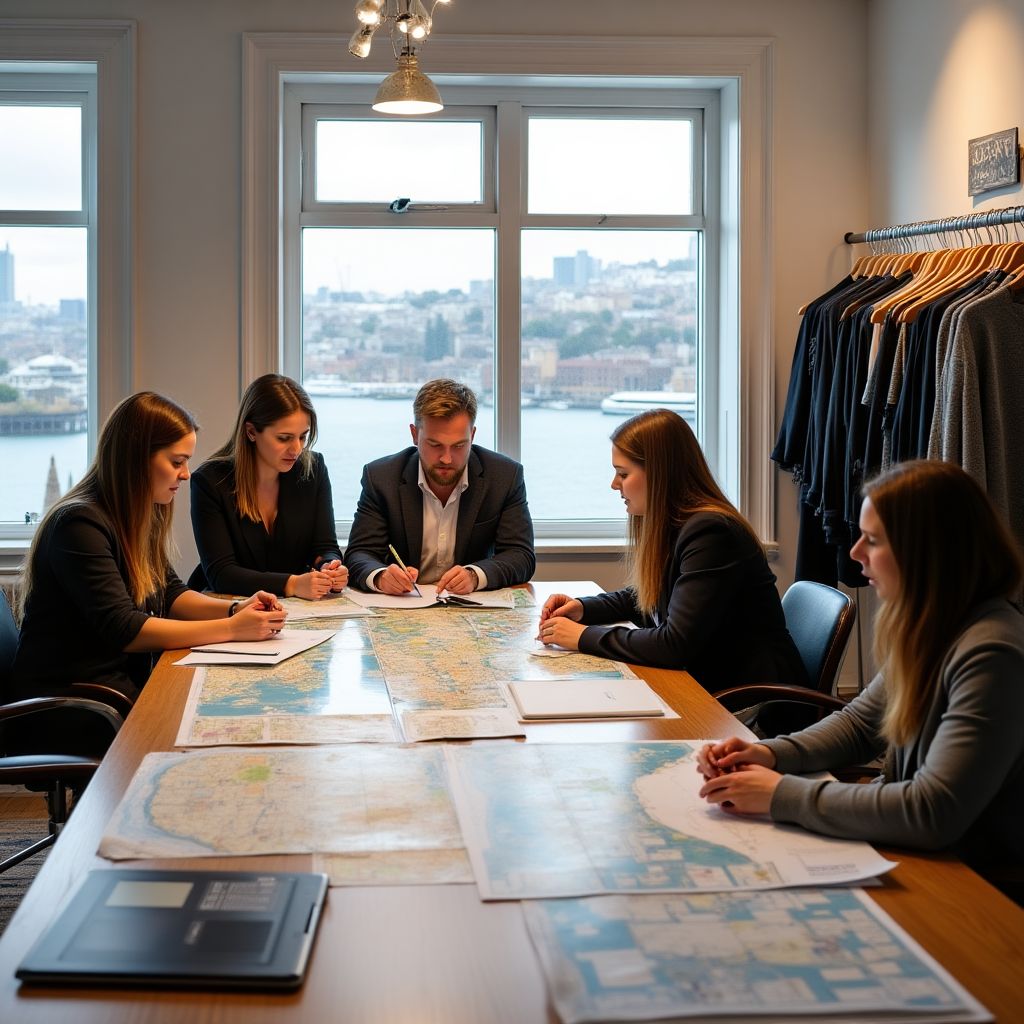
Health & Safety Kit
A comprehensive health kit is vital for Australian travel. Include prescription medications in original packaging with a doctor's letter, plus general medications for pain relief, allergies, and stomach issues. Pack strong insect repellent (30%+ DEET), high-SPF sunscreen, aloe vera gel for sunburn relief, and compression bandages for potential snake bites. Consider anti-motion sickness medication for boat trips to the Great Barrier Reef, and bring electrolyte packets to prevent dehydration in the hot climate.
Learn More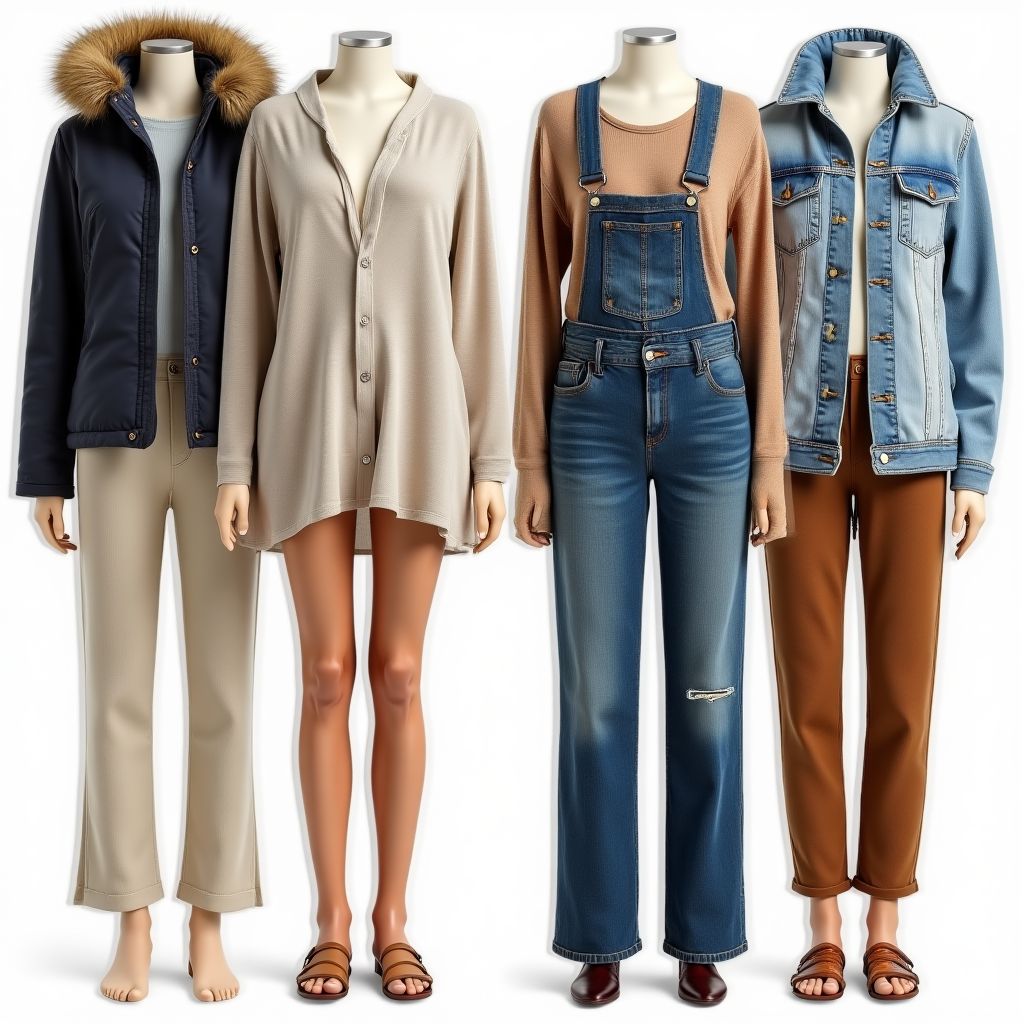
Seasonal Considerations
Australia's seasons are opposite to the Northern Hemisphere, and climate varies dramatically by region. For summer travel (December-February), pack lightweight, breathable clothing, multiple swimsuits, and extra sun protection. Winter visitors (June-August) should bring layers for the southern states, where temperatures can drop significantly, especially in Tasmania and Victoria. Spring and fall travelers benefit from layered clothing to adapt to fluctuating temperatures. Remember that northern regions like Darwin and Cairns remain tropical year-round, while alpine areas require warm clothing even in summer.
Learn More
